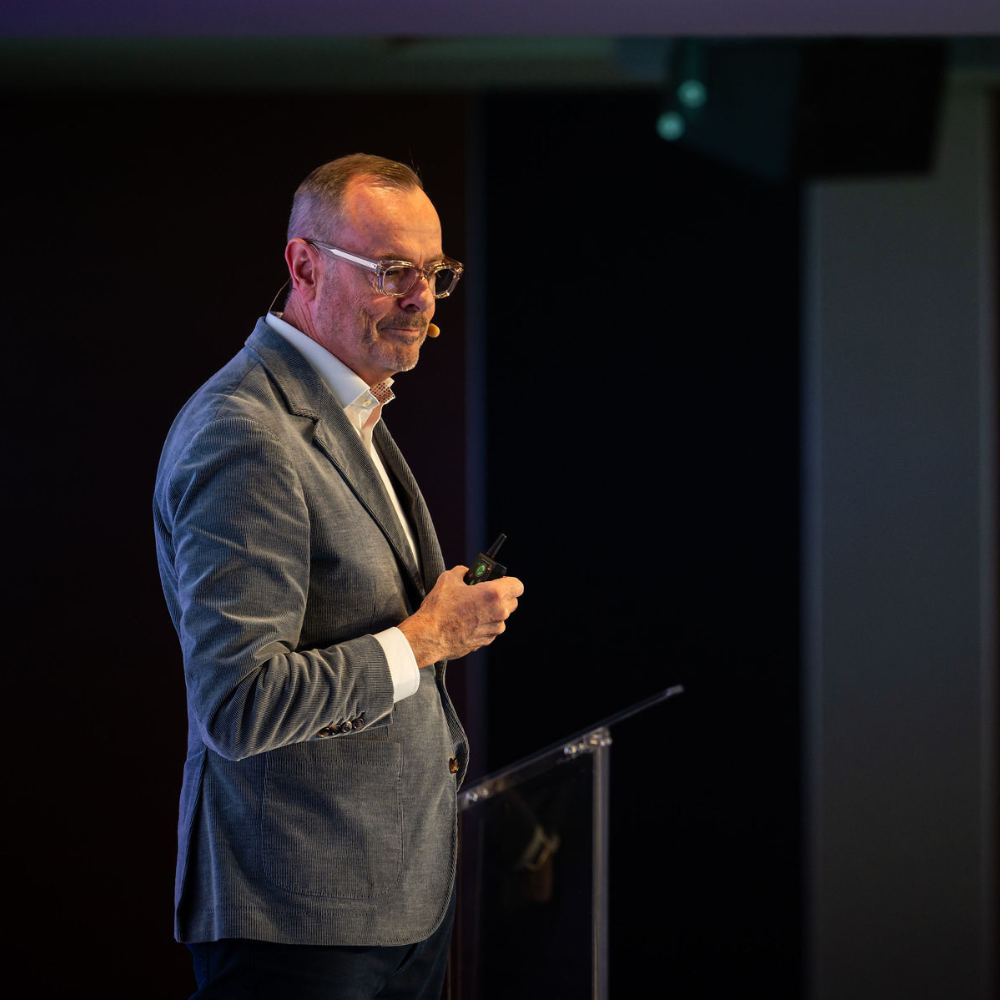From static reports to strategic infrastructure
For Domino’s Australia, traditional market mix models (MMMs) weren’t cutting it. Static outputs. Long refresh cycles. PowerPoint decks that gathered dust. Rand’s team wanted more than analytics—they wanted velocity and veracity. That was going to require a marketing mix solution that could turn project-based measurement into an “always-on” set of signals the team could use. Enter Mutinex.
“The higher cadence of refreshed results transformed it from a periodic project to an always-on solution,” explained Rand. “This has enabled us to be far more iterative in our approach to media optimization. As a result, MMM now delivers greater value, shaping both macro-level strategy and micro-level decisions.”
That shift became the basis of Domino’s media ops in APAC—an early proving ground for always-on MMM. But governance was equally important, especially to the executive. They wanted confidence that the platform could handle unseen data. And they got it. Domino’s was able to use validation practices like hold-out testing (the process of holding back data from the model to test how well it can independently predict results).
“Being able to showcase to stakeholders the practices Mutinex abides by from a governance and model integrity perspective is critical,” Rand emphasized. “On top of testing the model directly, in field experiments using other methodologies have consistently aligned directionally with the platform’s results, reinforcing confidence.”
And with speed and accuracy proven, the green light for European expansion was on.
Experimentation at the edges, action at the center
Domino’s has found ways to turn the geographic granularity into decision-making leverage. “We can test strategic changes to media mix in a particular market, for example, certain prefectures in Japan, and leverage the geographical insights to help evaluate these kinds of tests,” Rand shared.
That hyperlocal experimentation feeds back into centralized scenario planning and allows the team to forecast where more investment could drive incremental growth. Sometimes that means making the case to the executive for more budget where the system has identified more headroom.
“There have already been cases where we’ve confidently identified an opportunity to grow results and said: here’s where we should scale,” explained Rand. The model’s insight engine means every test becomes a strategic proof point. One example: linear TV in Australia—long under scrutiny due to regular reports of declining audiences.
“There is regular discussion in the industry about TV audiences declining and costs going up etc.—questions around efficacy of the ad product,” said Rand. “With a robust MMM solution in place that provides us regular insights on the commercial impact of the investment—the external noise doesn’t cloud our decisions.”
Turn Local Tests into Global Wins

Centralized intelligence, local execution
At a time when many brands are still talking about MMM as a quarterly exercise, Domino’s is living the next phase: One where data refresh cycles sync with campaign timelines and insights flow between markets. This simply wouldn’t be possible without the AI-driven capabilities for rapid and regular data ingestion and labelling.
“Most MMM data sources are automated,” explained Rand, “but there are always outliers. And what DataOS gives us as a global team (apart from the ability to just automate a large proportion of the work) is the ability to manage and monitor data upload processes across multiple markets, keep people and teams accountable, and generally keep things moving.”
Measurement isn’t an output anymore
For Domino’s, MMM is no longer a report—it’s a reflex. What started in one market has become a global media learning system, built for granularity, speed, and action. It’s the kind of playbook that supercharges growth.





